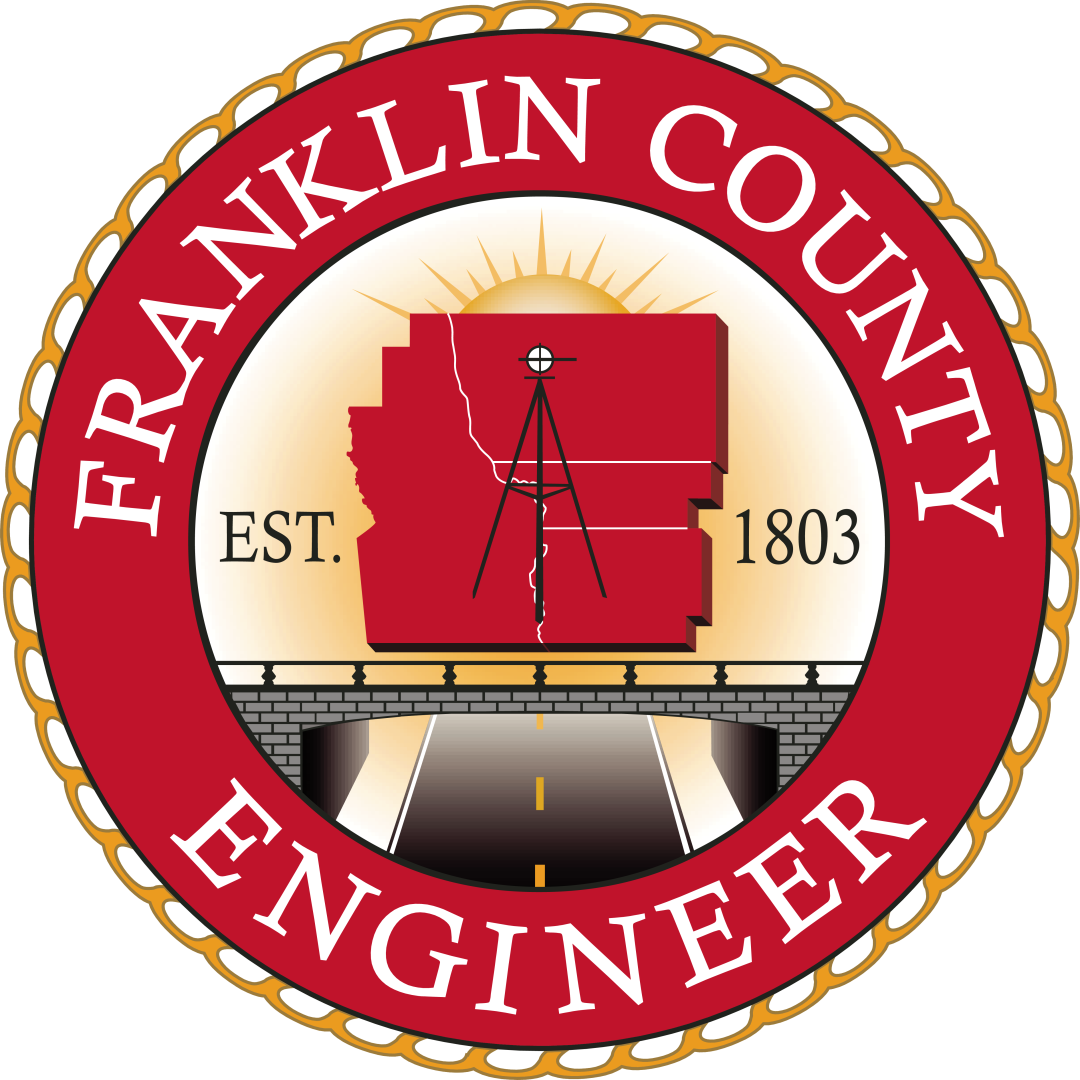Surveyor’s Journal Entry Two
The Land Ordinance of 1785 and “The Point of Beginning”
Following Great Britain’s relinquishment of the Northwest Territory (area north of the Ohio River and west of the Appalachian Mountains) at the end of the American Revolution, the Congress of the Confederation sought to open the new territory for settlement by passing the Land Ordinance of 1785.
The legislation established the first national survey standards that enabled the legal measurement, division, and sale of more than 260,000 square miles of public land across modern-day Ohio, Michigan, Indiana, Illinois, Wisconsin, and eastern Minnesota.
Since Congress, at the time, did not yet have the authority to directly tax the citizenry, the sale of public land was a viable way to generate funding for the government.
Under the leadership of Surveyor Thomas Hutchins, the first congressionally appointed “Geographer of the United States,” the new territory was to be surveyed using the “rectangular system” developed by Hutchins while on a British military expedition to the modern-day Coshocton County area, commanded by Colonel Henry Bouquet, in 1764. It called for land to be surveyed into squares, 24 miles in diameter, bounded by east and west base lines and north and south meridian lines. These squares were then to be divided into four squares, six miles in diameter, and designated as “Townships.” A township could then be subdivided into 36 sections of one square mile (640 acres) that could be subdivided for sale to land companies and settlers.
On September 30, 1785, Hutchins set “The Point of Beginning” for the survey of western America on the north shore of the Ohio River near modern-day East Liverpool, Ohio. He then ran a line 42 miles west over the hills of modern-day Columbiana and Carroll Counties, that became known as the “Geographer’s Line.” At each mile, a post was set and witness-trees were marked. Every sixth mile was considered a town corner from which a line was run south down to the Ohio River. These lines were marked every six miles for the east-west base lines, which resulted in seven rows or “ranges” of Ohio’s first townships.





